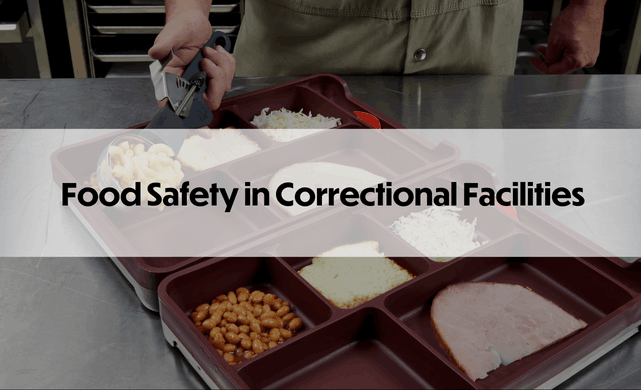Food safety is a critical aspect of correctional facility foodservice. Inmates are a vulnerable population, and foodborne illnesses can have severe consequences. Therefore, correctional facilities must have food safety protocols in place to ensure the safety of their inmates. Here are some best practices and protocols for food safety in jails and prisons.
Employee Training: Training employees in food safety protocols is the first step in ensuring the safety of the food served in correctional facilities. All staff should be trained in food safety best practices and protocols, including hygiene, sanitation, and proper food handling.
Temperature Monitoring: Monitoring food temperatures is critical to ensuring that the food served in correctional facilities is safe to eat. All hot foods should be kept at a temperature of at least 140°F, and cold foods should be kept at or below 40°F.
Sanitation: Proper sanitation practices are essential to prevent the spread of bacteria and viruses. Jails and prisons should have procedures in place for cleaning and sanitizing kitchen equipment, surfaces, and utensils.
Food Storage: Storing food properly is crucial to prevent contamination and spoilage. All food should be stored in designated areas, and raw and cooked foods should be kept separate to prevent cross-contamination.
Food Preparation: Food preparation should be done in a clean and sanitary environment. All food should be prepared using clean utensils and surfaces, and gloves should be worn when handling food.
Inspection and Monitoring: Regular inspection and monitoring of jail and prison foodservice operations is essential to identify and address potential food safety issues. Correctional facilities should conduct regular inspections of their foodservice operations to ensure that all protocols are being followed.
